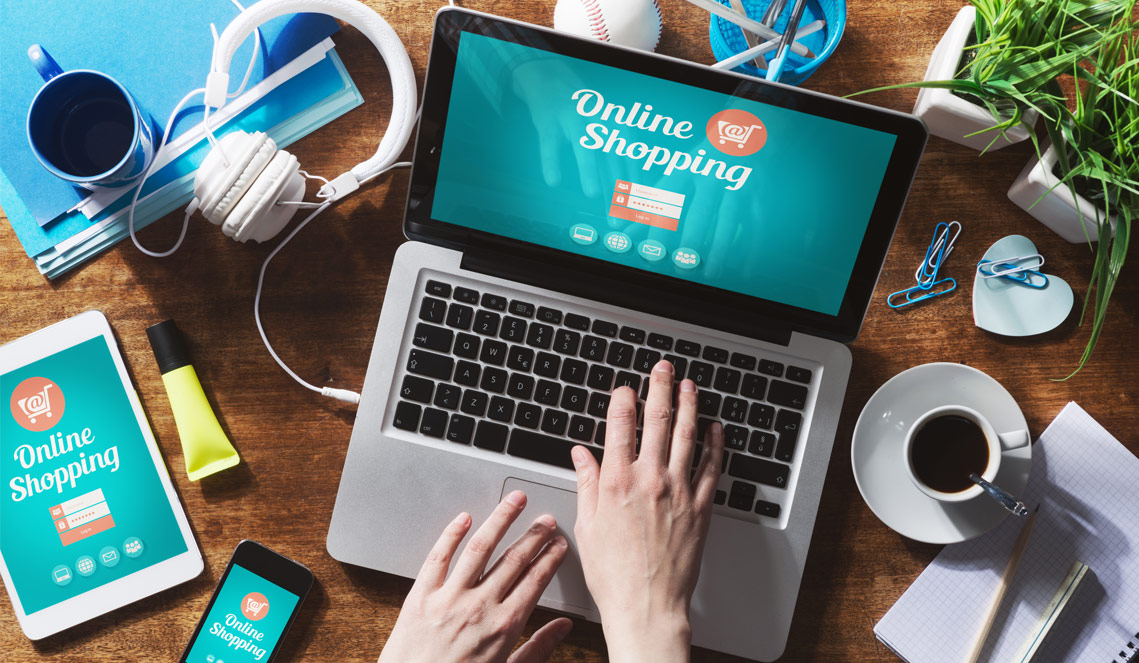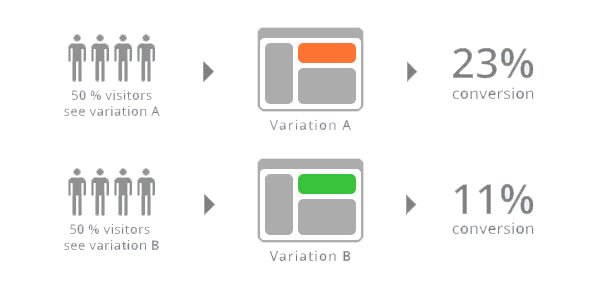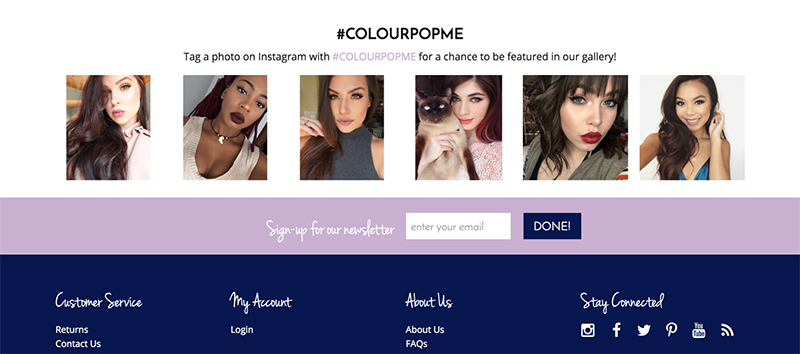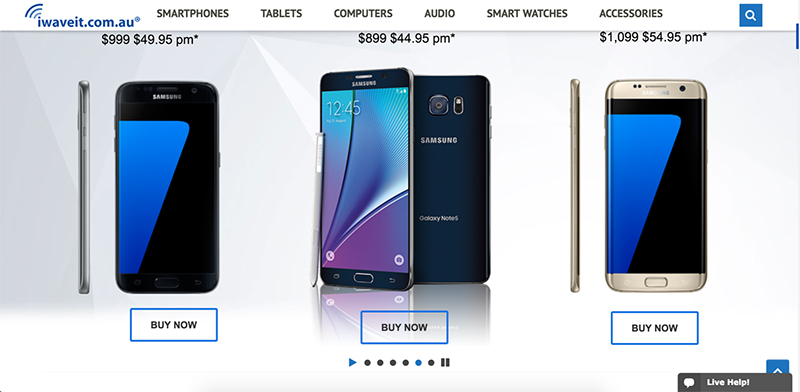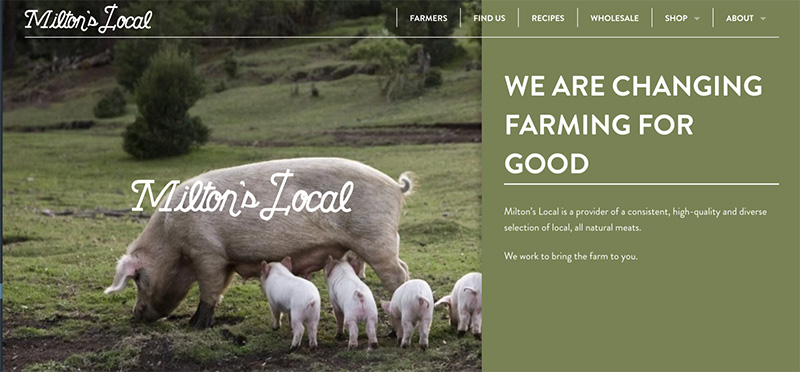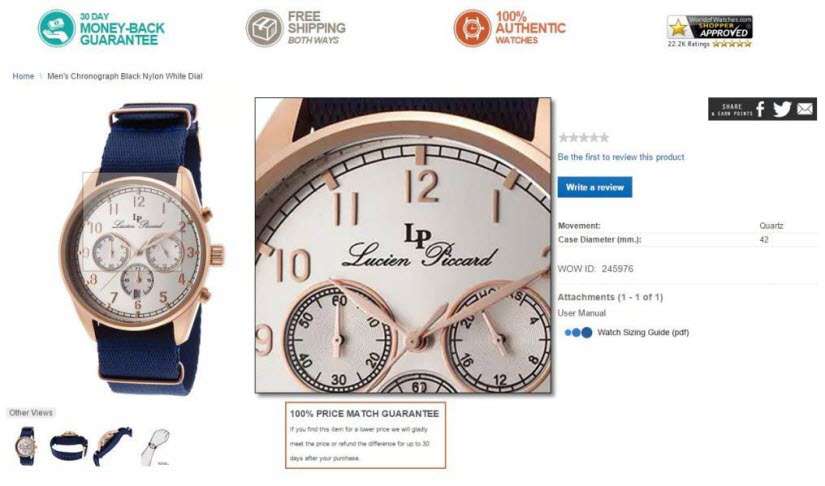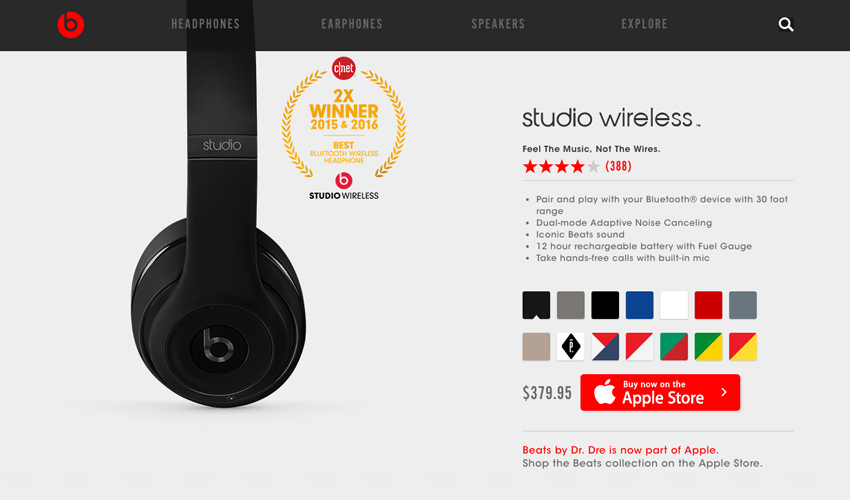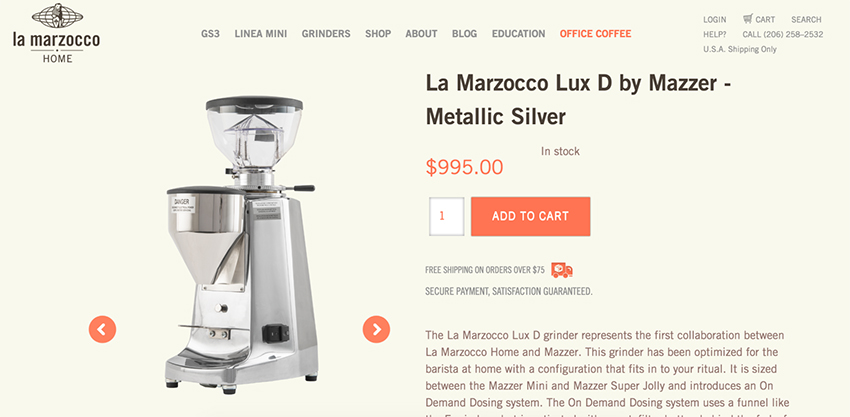Product Pages vs. Landing Pages
In e-commerce, a landing page is not just a dedicated page on your website or your store’s homepage. E-commerce websites are different than most other websites where you lead the specific audience to a dedicated landing page to offer them a deal or pitch them something. In e-commerce, almost every page can be a landing page and you should optimise all of your pages so when a shopper arrives, they will get the right message. Some store owners create specialised landing pages because they think they will help them to sell more, but most e-commerce customers don’t respond very well to this kind of landing pages. These pages just get in their way because they have a specific product or purpose in mind. You should make it as easy as possible for your customers to learn about the product and to buy them. You do this by optimising the pages that they are already arriving on, and in most cases, this is your product page.
Instead of thinking of product pages solely as a place to put product information, you’ll have to think of them as sales tools, and should be treated as such. They need to make a great first impression on the potential customer and also convince them to click “add to cart” button.
Since most customers will be arriving first time at your website, product pages are their first introduction to your company and your products. In this case, they are basically selling your store and you should make it easier for them to learn more about it. The messaging you deliver should be the same, no matter where people first arrive in your store. You should quickly explain to them what you are about, who you are and why you are a better choice than your competitors. Some of the ways you could do this in a few ways:
- Add the same blurb in every product description (e.g. “100% organic”)
- Add an extra photo that tells your story or provides some history
- Adding your unique principles and points of difference
People won’t usually click around and read through all your pages to learn more about you, so if you have something important to say about your products or company, you should put it on all your product pages.

